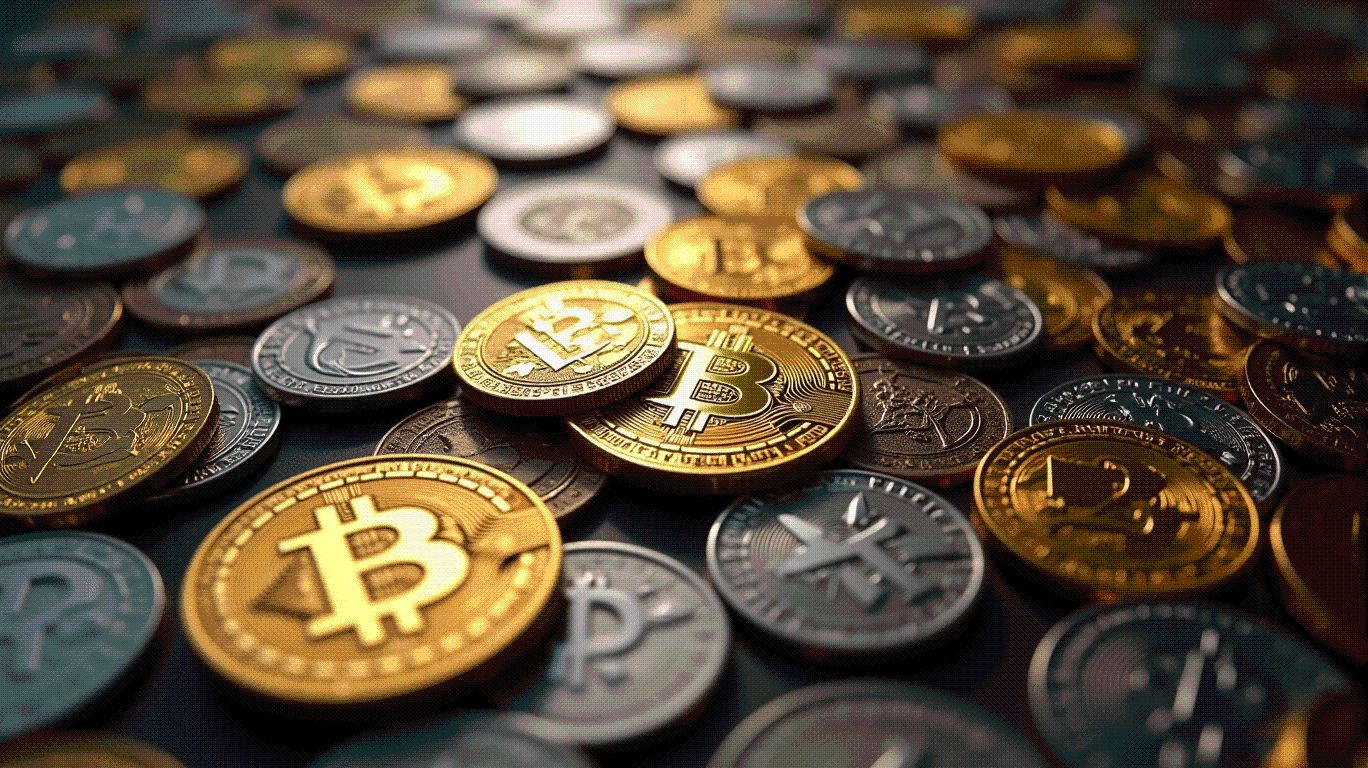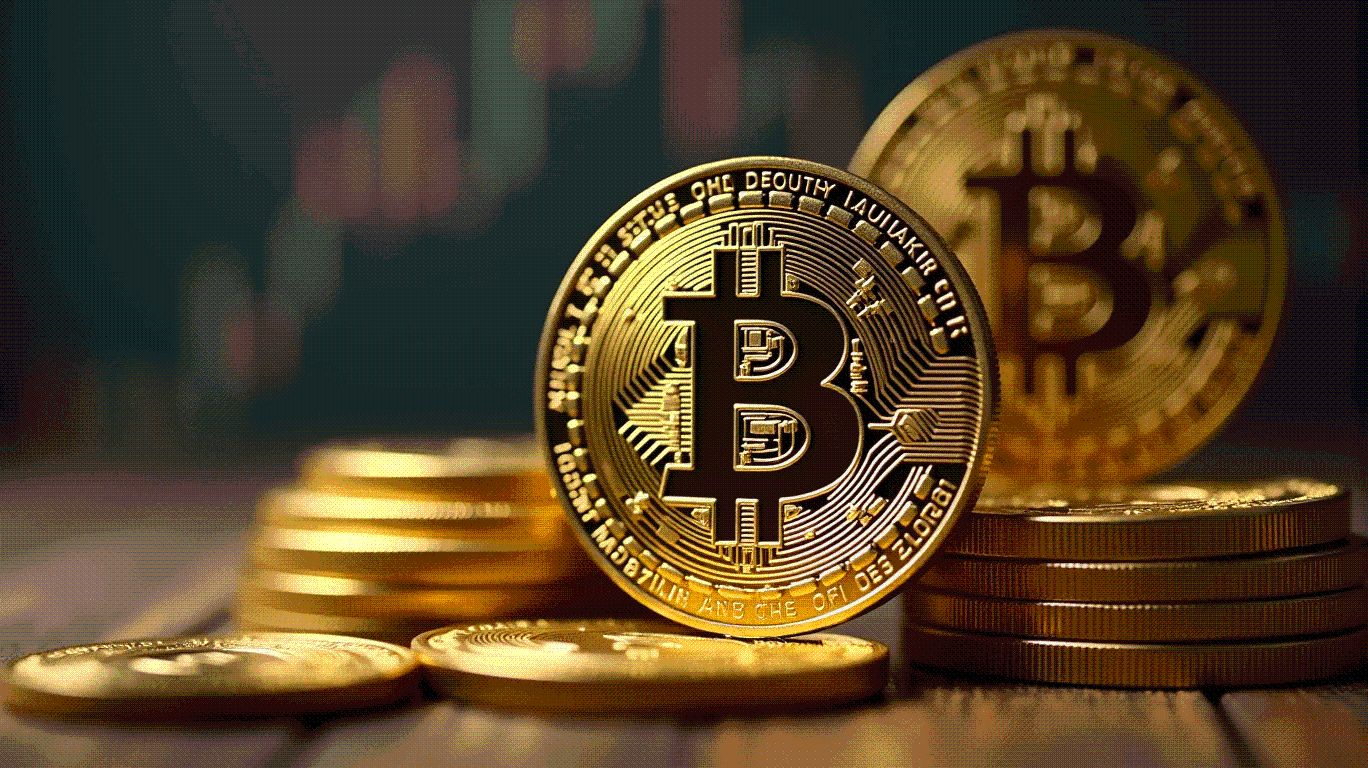SharpLink Acquires $360M Ethereum, Boosting Treasury
- SharpLink’s ETH purchase boosts its treasury holdings significantly.
- Stock price rose following the acquisition.
- Strong impact on Ethereum market dynamics.
SharpLink Gaming’s $360.9 million Ethereum acquisition positions it among top corporate ETH holders. With nearly 800,000 ETH in reserve, this strategy enhances shareholder value and supports Ethereum’s ecosystem, reflected by a 3.34% rise in SharpLink’s stock price.
SharpLink Gaming Inc. , a significant player in the cryptocurrency market, has made headlines with its acquisition of over $360 million in Ethereum. This brings the company’s treasury to nearly 800,000 ETH, increasing its influence within the Ethereum ecosystem.
Led by Co-CEO Joseph Chalom, SharpLink is executing a bold strategy by significantly boosting its Ethereum reserves. This strategic move aligns with the company’s commitment to enhancing shareholder value and supporting the Ethereum ecosystem’s growth. As Chalom stated, “Our regimented execution of SharpLink’s ETH treasury strategy continues to demonstrate the strength of our vision and the commitment of our team. With nearly 800,000 ETH now in reserve and strong liquidity available for further ETH acquisitions, our focus on building long-term value for our stockholders while simultaneously supporting the broader Ethereum ecosystem remains unwavering.”
Industry Attention and Market Influence
The acquisition has led to immediate industry attention, demonstrated by a rise in SharpLink’s stock price. By increasing its Ethereum holdings, SharpLink is expected to influence Ethereum’s liquidity, circulating supply, and network security.
There are many financial implications with this move: SharpLink’s emphasis on Ethereum over Bitcoin sets it apart from other corporate strategies. The increase in Ethereum holdings highlights potential changes in market dynamics and shareholder perceptions.
Long-term Implications
SharpLink’s decision reverberates through the cryptocurrency space. It highlights the potential of Ethereum-focused treasury strategies among public corporations, potentially setting a new precedent for corporate investment in digital assets to enhance market positioning.
The long-term implications of this acquisition may include changes in Ethereum’s price dynamics, increased participation in staking, and enhanced market security. Historical trends suggest companies focusing on large-scale cryptocurrency holdings can influence broader financial strategies and regulatory considerations.
Disclaimer: The content of this article solely reflects the author's opinion and does not represent the platform in any capacity. This article is not intended to serve as a reference for making investment decisions.
You may also like
US CFTC plans to adopt Nasdaq's monitoring system to expand cryptocurrency supervision
Decentralized Governance and Ethereum's Technical Evolution: A Blueprint for Future-Proof Investment
- Ethereum's decentralized governance mirrors organizational structures, enabling community-driven upgrades via EIPs and DAOs. - Over 13,000 DAOs managed $1.4B in 2025, using governance tokens like UNI and AAVE for protocol decisions. - Technical upgrades (Pectra, Sharding) and Layer 2 solutions enhance scalability, critical for DAO efficiency. - Risks include regulatory uncertainty, security vulnerabilities ($90M lost in 2025), and token concentration in top 20% holders. - Investors prioritize DAOs with t

Silver's Silent Revolution: How Housing Demand and Demographics Are Fueling a Bull Case for SIVR
- Global silver demand surges from housing construction and aging populations, driven by smart homes, solar tech, and healthcare infrastructure. - Structural supply deficits persist as mining output stagnates, creating a 800M-ounce gap between industrial demand and production since 2021. - SIVR ETF offers direct physical silver exposure, leveraging undervaluation (gold-silver ratio at 90-100:1) and industrial scarcity amid demographic-driven demand. - Aging populations and green energy transitions position

Decentralized Governance and BTC Treasuries: A Parallel in Institutional Innovation
- BTC-TCs adopt decentralized governance, mirroring industrial firms’ distributed decision-making to manage risk and scale operations in volatile markets. - This model enables rapid responses but risks fragmentation if local teams prioritize short-term gains over long-term strategy. - BTC-TCs face unique challenges, including asset concentration and NAV death spirals from Bitcoin price drops, unlike diversified industrial firms. - Innovations like BTC lending and Lightning Network yield generation help div
